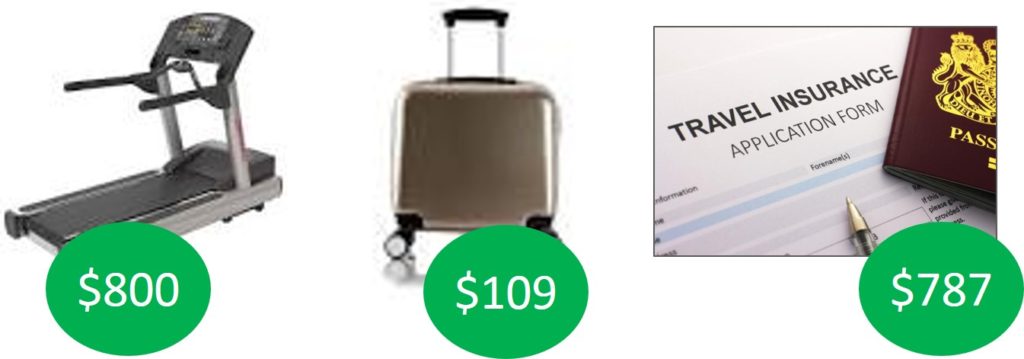Connect Customers and Prospects to Revenue With Product Content
This post is about two of my favorite topics: money and product content.
Specifically, it’s about how an organization can make more money by leveraging product content to engage prospects and customers. If you think that product specifications, technical documentation, how-to-install and -use videos, even product packaging are only for post-sales customer support, well, it’s time to rethink their value for revenue generation.
In reality, prospects already use product content to make buying decisions. To make this real rather than theoretical, I recently relied on product content to spend $1,696 on three products and services.
Product Content and the Mary Economy
I decided to buy a treadmill instead of spending money on a gym membership. I received a Sears flyer bundled with my newspaper (yes, I still get a physical newspaper delivered to my home every day). I compared treadmills online, watched videos on features and how to fold it up for storage, and checked user reviews. I bought the treadmill online without going to the store to look at it. Ca-ching! $800 for Sears and Nordic Track.
I needed a new suitcase that would comply with tighter restrictions for carry-ons. I consulted the product specifications for a few brands I like, and read user reviews (is it really that size?). Ca-ching! $109 for Travel Pro and eBags.
I needed travel insurance for a cruise we’re taking this year – coverage for two, no-questions-asked refund. I consulted the product specifications for our credit cards to understand what coverage they offered, and then evaluated the policies offered by several insurance providers. Ca-ching! $787 for Allianz Travel Insurance.
The point here is that consumers like you and me already rely on product content when we make decisions to become customers. For marketers, it’s not a matter of getting customers and prospects to consult the product content. The significant opportunity is using product content to better advantage by leveraging it to benefit your customers and your business.
Evaluating Product Content Through the Content Marketing Lens
If you’re going to proactively manage the use of product content to engage prospects and support buying decisions, it’s important to evaluate it for pre-sales engagement. Let’s face it. Technical documentation – even in the form of a product video — isn’t always engaging, modern, and relatable. How can you maximize the revenue power of content product?
Four questions can guide your content and marketing teams as you evaluate your product content through the content marketing lens.
Will the asset appeal to its target audience? Consider tone and style. In the real world, we speak differently to different business audiences. Conversations with our finance guys are very different from conversations with our IT guys, for example. And what about language – English, German, Japanese, Brazlian Portugese? Does your product content speak to your customers?
Should the asset be enhanced in some way to make it more engaging? You might consider adding customer-centric examples or solution scenarios – something that helps your prospect see the solution in her own environment. Can the impact be increased if you add some imagery or animation?
Does the asset include a call to action? A key principle of content marketing is avoiding overt pitching and selling. But there may be times when you want to encourage your customer to take a next step along the path while continuing to deliver something valuable and relevant. This isn’t always appropriate, but it’s a question to ask while you’re looking at your product content through the content marketing lens. Could you, for example, point a prospect to customer stories relevant to her vertical at the end of viewing a product video?
Is the asset SEO-ready? 85% of B2B content marketers who responded to the Content Marketing Institute’s 2016 survey identify lead generation as the most important goal for their programs over the next 12 months. To leverage product content as part of the mix, ensure that you’re paying attention to keywords, metadata, page titles, and other techniques for search engine discovery.
For more insights into leveraging product content for content marketing and revenue generation, listen to a replay of a recent webinar with Scott Abel. Among other topics, we discussed journey mapping as a means of connecting customers and content at specific points of interaction. This report by Tim Walters examines The New Role for Documentation in the Era of Customer Experience Management. This post by Jill Finger Gibson examines product content and online retailing. And, as always, contact us if you have questions about how to make the most of your product content across the entire cycle of your relationships with customers.









